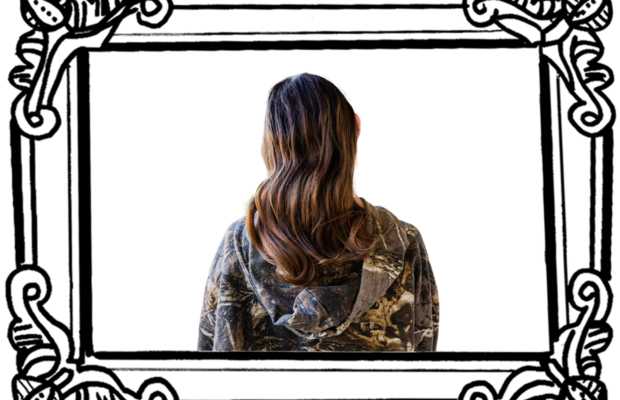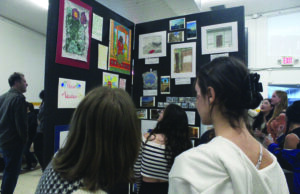Museums juxtapose subjectivity and objectivity in art

Walking into a museum, passing an ostentatious lobby and rounding the corner to finally enter the first section of a museum’s newest gallery tends to raise expectations. Arrows point the way through the rest of the exhibit and paragraphs are etched onto plaques next to each piece, suggesting just some of the infinite meanings an artist could convey through purposeful details, or perhaps a lack thereof.
When asked the definition of art, one might say something along the lines of, “art expresses human imagination and emotion through a sort of physical medium, like a painting or a sculpture.” Seemingly simple, however, what truly defines art is the intention behind the artist, and ironically, equally the interpretation of the viewer.
The lack of materialism in museums creates a sense of limited subjectivity for visitors, as the pieces are not for sale and with low-cost or free tickets being the normality. Museum curators’ personal biases reflected in the art selected for museums places a certain level of value on the pieces.
Ultimately, there is subjectivity in that the quality and interpretation of art are based on the individual. But the fact that the pieces must be selected or deemed worthy of being displayed for the enjoyment of the public is what contributes to the objectivity.
The process of deciding museum pieces, although necessary for museums to exist and for galleries to be curated, is meant to be inclusive and represent the vast domain of everything grouped under the broad umbrella term, “art”. However, museums have had a history of racial bias.
In 2019, it was found by Williams College that for 18 art museums in the US, 85% of the artists featured were white. And considering perceived objectivity, having mostly white artists’ pieces contributes to white-supremecist undertones. However, social justice protests following the death of George Floyd in 2020 led many museums to enact change beyond their past efforts as they reopened after the pandemic.
Despite varying pledges and initiatives to expand diversity and create non-discriminatory environments, the objectivity of art selection, and even the act of deciding what even constitutes “art”, remains a bias slanting the goal of allowing pure subjectivity.



